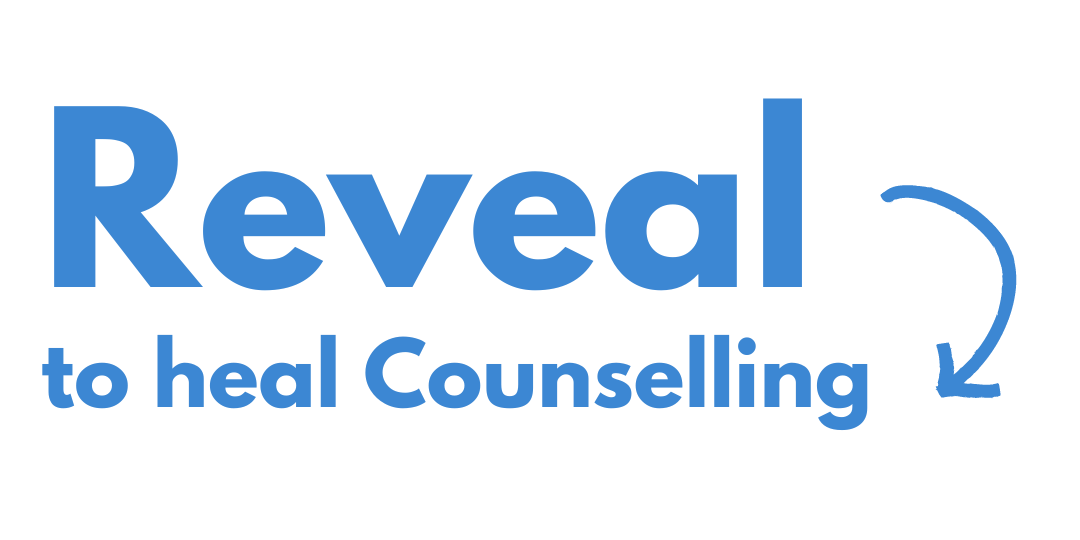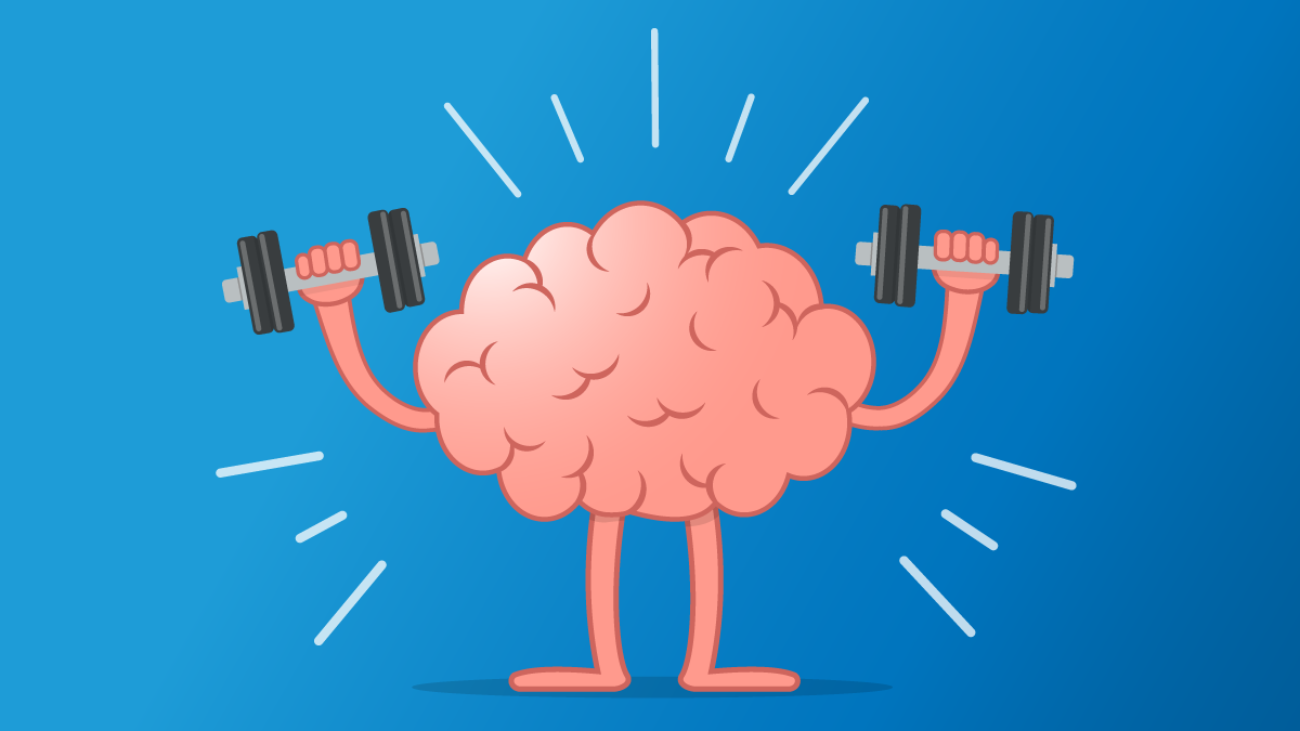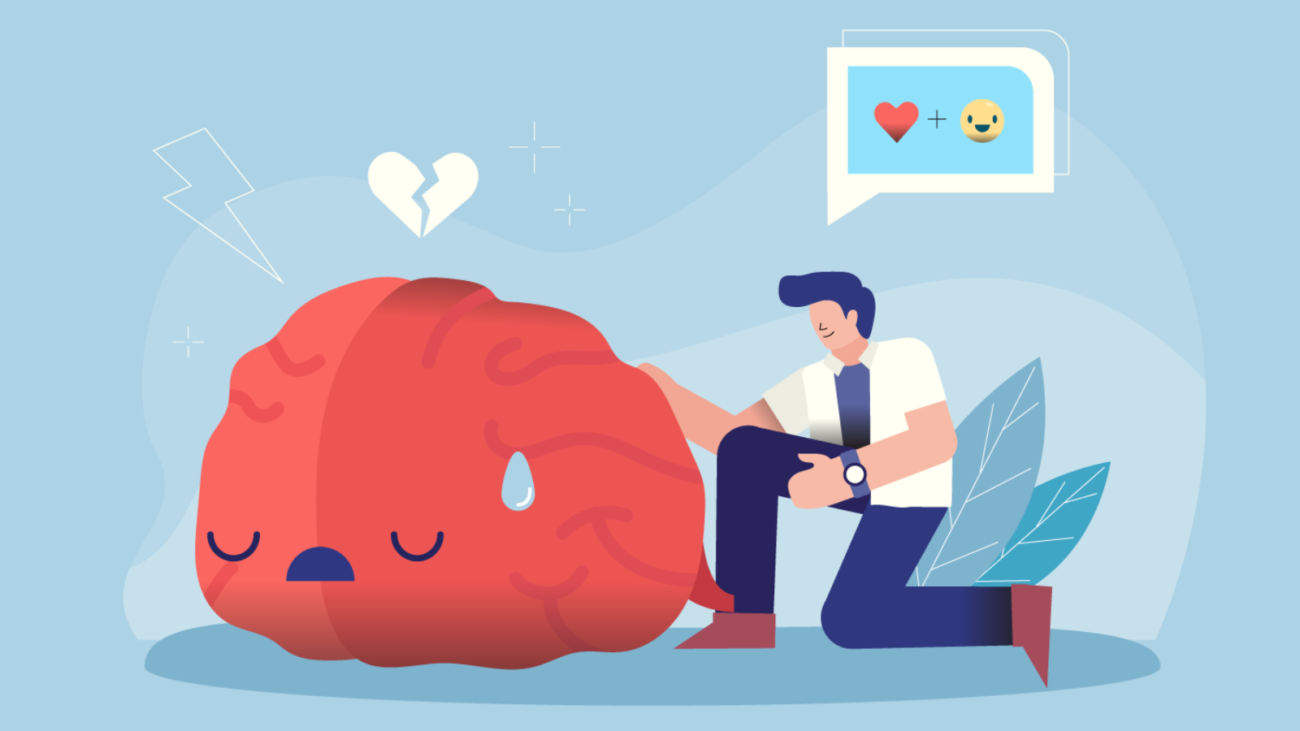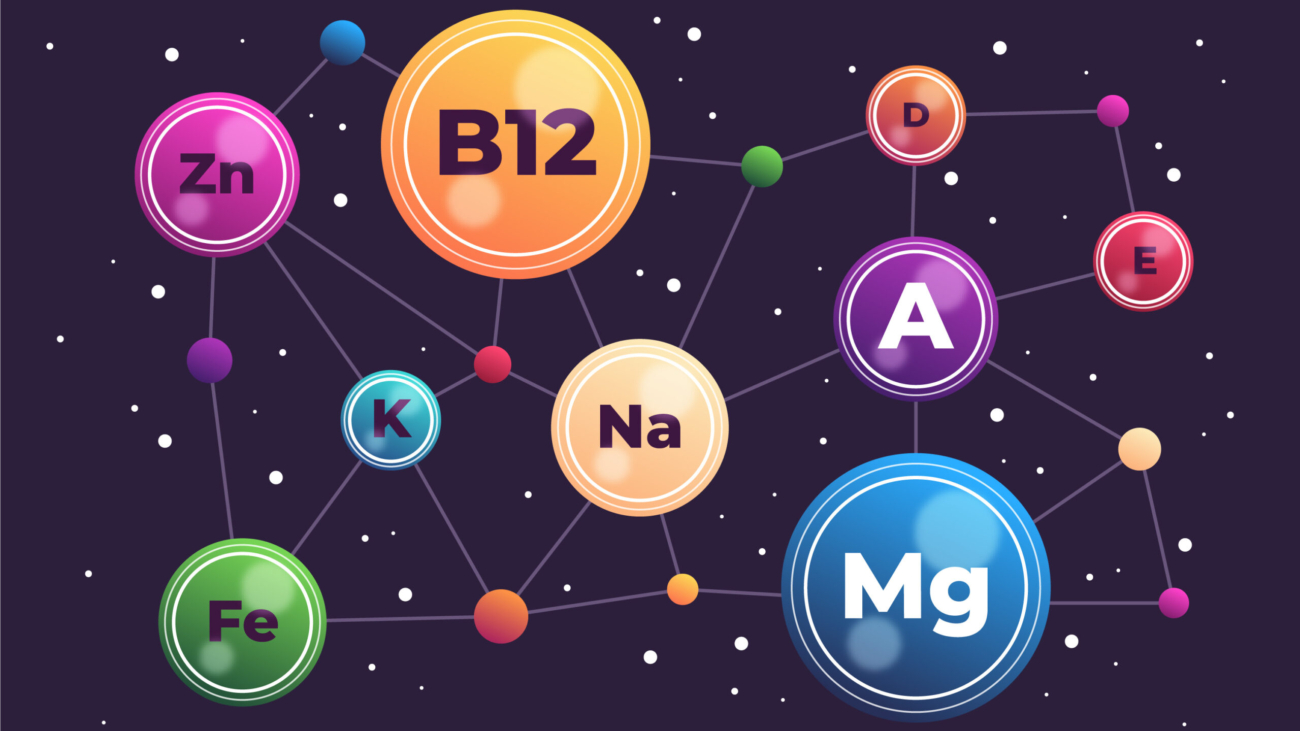Why mental health is important ?
Mental health includes our emotional, psychological, and social well-being. It affects how we think, feel, and act. It also helps determine how we handle stress, relate to others, and make healthy choices. Mental health is important at every stage of life, from childhood and adolescence through adulthood.
What are 3 benefits of mental health?
Greater self-acceptance. Increased self-esteem. Improved self-expression and management of emotions. Relief from depression, anxiety, and other mental health conditions.
Why mental health is important than physical health?
Being in a good mental state can keep you healthy and help prevent serious health conditions. A study found that positive psychological well-being can reduce the risks of heart attacks and strokes. On the other hand, poor mental health can lead to poor physical health or harmful behaviours. Chronic diseases.29-Mar-2021Why is mental health important for students?
Mental health problems can impact the academic performance and success of a college student. Poor mental health contributes to lack of motivation and problems focusing which can lead to failing grades. Campus-wide mental health resources for students to seek support could be the key to their academic success. What is a good mental health?
Good mental health is characterised by a person’s ability to fulfil a number of key functions and activities, including: the ability to learn. the ability to feel, express and manage a range of positive and negative emotions. the ability to form and maintain good relationships with others.
How can mental health affect you?
Mental illness is a leading cause of disability. Untreated mental illness can cause severe emotional, behavioral and physical health problems. Complications sometimes linked to mental illness include: Unhappiness and decreased enjoyment of life.08-Jun-201
Why is health important in life?
Health is important to live life to the fullest. When a person leads a healthy lifestyle, the body remains healthy and the mind is active and fresh. Living a healthy life would extend longevity and also regenerate the body and mind. Having good health is of core importance to human happiness.22-Mar-2022
How do you stay mentally healthy?
How to look after your mental health
- Talk about your feelings. Talking about your feelings can help you stay in good mental health and deal with times when you feel troubled. …
- Keep active. …
- Eat well. …
- Drink sensibly. …
- Keep in touch. …
- Ask for help. …
- Take a break. …
Do something you’re good at. How do you maintain good mental health?
Maintaining mental health and wellbeing
- spend time with friends, loved ones and people you trust.
- talk about or express your feelings regularly.
- reduce alcohol consumption.
- avoid illicit drug use.
- keep active and eat well.
- develop new skills and challenge your capabilities.
- relax and enjoy your hobbies.
- set realistic goals.





